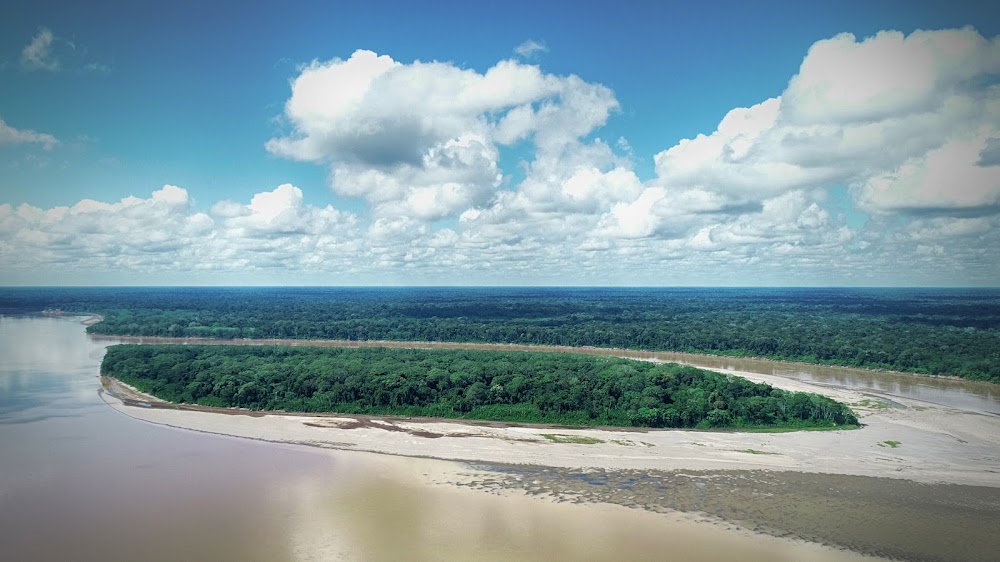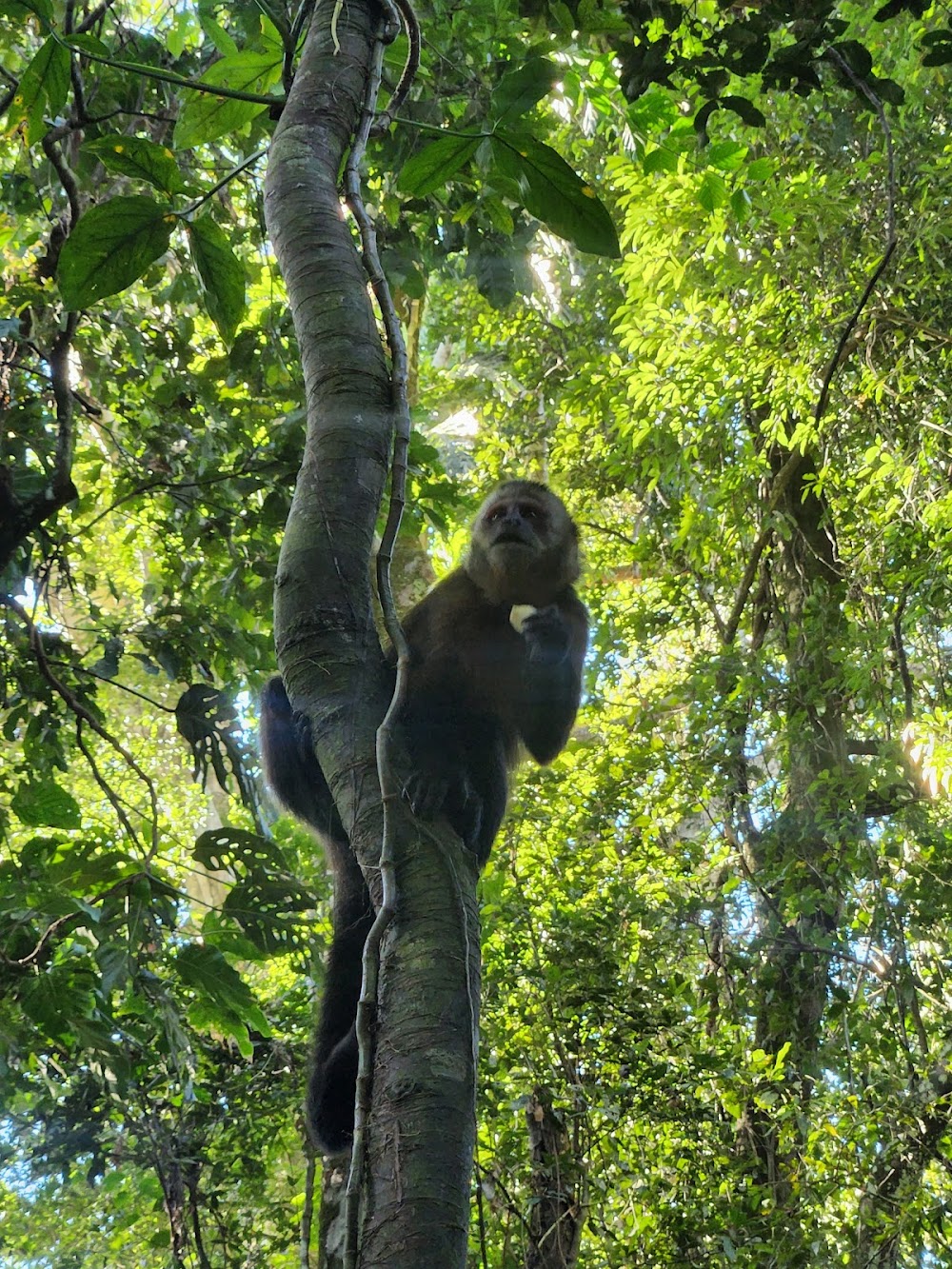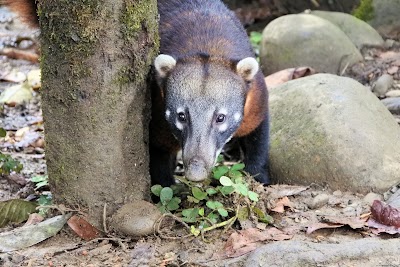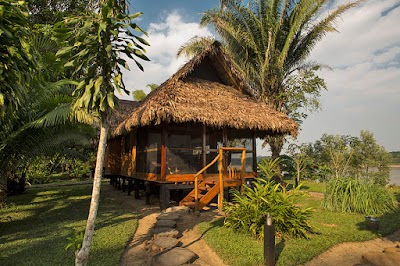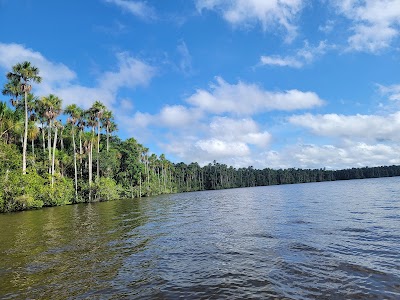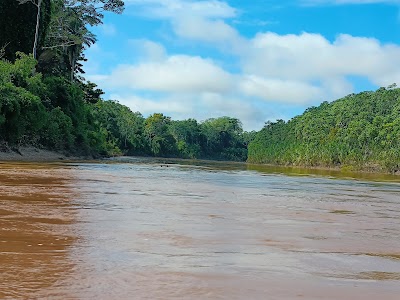Monkey Island (Isla de los Monos)
Overview
Discovering Monkey Island: A Jewel of the Peruvian Amazon
Nestled in the heart of the Peruvian Amazon within the Madre de Dios region, Monkey Island is a small, enchanting paradise. Known for its dense, vibrant foliage and a lively population of monkeys, this captivating destination attracts both tourists and nature enthusiasts alike, eager to immerse themselves in its natural beauty.
The Origins of Monkey Island
The story of Monkey Island began in the early 1990s when conservationists and local environmentalists embarked on a mission to create a sanctuary for various monkey species. They discovered a small, uninhabited island in the middle of the Madre de Dios River, rich in natural resources and well-protected from predators and human encroachment—a perfect refuge for these playful primates.
A dedicated team of volunteers and biologists took on the ambitious project, first ensuring that the island had a sustainable food supply. They planted and nurtured a variety of fruit trees and vegetation native to the monkeys' diet, including bananas, figs, and mangoes. They also restored areas of the island's ecosystem that had deteriorated over time, creating a flourishing habitat for the monkeys to thrive in.
Rescue and Relocation Efforts
One of the pivotal steps in establishing Monkey Island was the humane rescue and relocation of monkeys from areas affected by deforestation and the illegal pet trade. This involved carefully trapping distressed monkeys, providing them with essential veterinary care, and gradually releasing them onto the island under strict monitoring to ensure their successful adaptation to their new home.
Today, Monkey Island is home to several species, including capuchin, spider, and squirrel monkeys. Each species has carved out its niche within the island's ecosystem, living in harmony and flourishing in this protected haven. Visitors are often delighted by the monkeys' natural behaviors, social groups, and established territories, making for a truly unforgettable experience.
A Hub for Research and Education
Beyond being a sanctuary for monkeys, Monkey Island serves as an important site for research and education. Scientists and students frequently visit to study the monkeys' behavior, social structures, and adaptations. This ongoing research not only provides valuable insights into primate ecology but also reinforces global conservation efforts aimed at protecting these remarkable creatures.
Tourism plays a crucial role in supporting Monkey Island’s conservation activities. Knowledgeable local guides offer informative tours, sharing the island's rich history and the ongoing efforts to preserve its inhabitants. Tourists are given the unique opportunity to observe the monkeys in their natural habitat while ensuring that visitation is regulated to minimize disturbances to these incredible animals.
Inspiration for Future Conservation Projects
The success of Monkey Island has inspired similar conservation initiatives throughout the Amazon, demonstrating how focused efforts can yield tangible results. It stands as a testament to the positive impact passionate conservation work can have on preserving endangered species and their habitats.
As a focal point for environmental education, Monkey Island promotes awareness about the significance of preserving natural habitats and protecting wildlife. It serves as a beacon of hope and a model for how humanity can coexist with and care for the animal kingdom.
Whether you’re a nature lover, a wildlife enthusiast, or simply seeking a unique adventure, Monkey Island invites you to explore its lush landscapes and vibrant monkey populations. Experience the magic of this extraordinary sanctuary and contribute to its ongoing conservation efforts!


